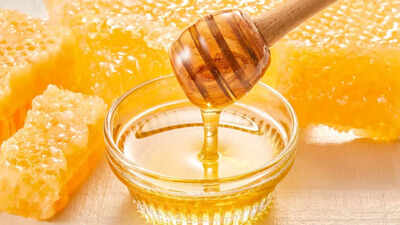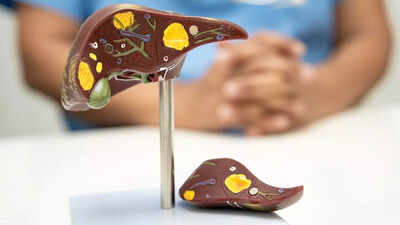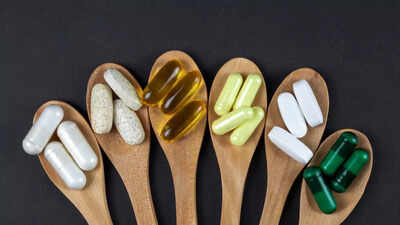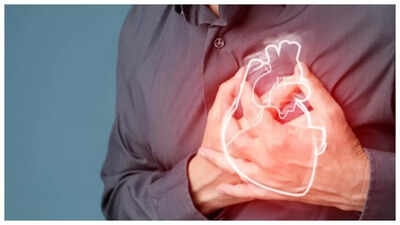Is your honey real or fake? Here’s how to tell in seconds |

Honey is a food people love across the world, celebrated for its sweet taste and many natural health benefits. But a growing problem threatens this ancient food: adulteration. This is where cheaper, foreign materials are mixed into pure honey, fooling customers and damaging the reputation of honest producers. This global issue has big economic, nutritional, and health effects, especially for people in poorer countries. Many customers simply do not know what they are buying because they lack detection methods and information. The pure honey on the market is often sold next to fake products priced the same, which is unfair. It is now crucial for everyone, from regulators and sellers to everyday people, to be able to check the quality of honey before it’s bought or sold.
Quick and easy ways to test if your honey is pure
The problem of fake honey is a major concern right now, and one recent investigation focused on finding quick, reliable ways to detect these cheap foreign additions. The researchers looked into the common practice of adding materials in Ethiopia, such as table sugar, molasses, ripened banana, and melted candy, among others. These substances can be tricky to spot.
The study, which was published in the Journal of Food Protection, trialled several preliminary quick tests as simple, alternative ways to check for adulteration. The results showed that these tests work, but they are very specific to the kind of material added to the honey.Here are the key findings on quick tests:1. Dissolving Method:
- Good for finding honey mixed with banana or molasses, which dissolved quickly.
- Failed to spot sugar-adulterated honey, which settled just like pure honey.
2. Thumb Test:
- Useful for spotting banana and molasses additions.
- Less effective for sugar or shebeb (a salt-like compound) mixed honey, which still felt sticky, though solid particles could be felt.
3. Flame Test:
- The most reliable traditional method for detecting honey adulterated with molasses, bananas, and shebeb.
- Indicated the presence of foreign substances by showing a smoky flame and cracking sound.
The overall finding of the scientific report was that the effectiveness of these quick methods depends on the physical characteristics of the added ingredients.
Decoding honey’s chemical blueprint: Key markers for authenticity
To make a more definitive judgment on honey’s authenticity, the researchers also looked closely at its natural chemical makeup. The idea is that adding any foreign ingredient changes the expected balance of the honey’s natural constituents. The detailed investigation looked for significant deviations from the established standards set by bodies like the Codex Alimentarius Commission and the Ethiopian Standard Agency.The scientific report found that key components are directly affected by adulteration. Here’s what they observed:Decreased as molasses, sugar, and banana adulterants increased.Increased as melted candy and shebeb adulterants increased.Decreased when sugar, melted candy, and shebeb were increased.Increased when molasses and banana were increased.
- HMF Content (Hydroxymethylfurfural):
Increased as molasses, melted candy, and shebeb adulterants were increased.All these changes in physicochemical and biochemical components offered strong clues about the presence of cheap foreign materials.
The sugar puzzle: Finding the ‘marker’ in sweet deception
One of the most common ways to fake honey is by adding cheaper sugars. The scientific investigation specifically highlighted that sugar compositions are a major differential criterion for detecting adulteration. When tested using sophisticated analytical techniques, the ratios of the naturally occurring sugars: fructose, glucose, and others, were clearly thrown out of balance by the added sugar.Beyond the specific chemical changes, a multivariate statistical tool was used:Principal Component Analysis (PCA): This method takes a complex set of physical characteristics and boils them down to a simple comparison.
- The scientific report stated that the PCA successfully demonstrated a considerable difference between samples of pure and contaminated honey based on their physical characteristics.
- It created a clear separation between the real and the fake, which provides a strong, visual way for labs or regulators to classify and authenticate honey quickly and accurately.
The goal is to successfully identify a foreign component, a chemical marker, that confirms either the adulteration or the authenticity of the honey.
Empowering consumers: The path to purity and transparency
The findings of the scientific report confirm that honey adulteration is a measurable problem that leaves a clear chemical signature. The study’s success in demonstrating a rapid and accurate method for classification is a big step forward. It shows that by monitoring the key physical and chemical components, it is possible to find fake honey.The key recommendation from the report is that there needs to be frequent training for stakeholders, everyone involved in the process, from beekeepers to market regulators, on these detection methods. This knowledge is essential to keep fake honey off the shelves. Natural honey is a nutritious food, packed with saccharides, enzymes, vitamins, and minerals. Protecting its integrity ensures that consumers receive the full nutritional and health value they expect. By making these tests and the resulting awareness a regular part of the market, we can ensure that customers are getting genuine, high-quality products.Disclaimer: This article is for informational purposes only and should not be considered medical advice. Please consult a healthcare professional before making any changes to your diet, medication, or lifestyle.Also Read | 5 morning habits that can quietly harm your kidneys, according to experts






